The Witch-cult in Western Europe
Book Excerpt
The religious rites varied according to circumstances and the requirements of the people. The greater number of the ceremonies appear to have been practised for the purpose of securing fertility. Of these the sexual ritual has been given an overwhelming and quite unwarranted importance in the trials, for it became an obsession with the Christian judges and recorders to investigate the smallest and most minute details of the rite. Though in late examples the ceremony had possibly degenerated into a Bacchanalian orgy, there is evidence to prove that, like the same rite in other countries, it was originally a ceremonial magic to ensure fertility. There is at present nothing to show how much of the Witches' Mass (in which the bread, the wine, and the candles were black) derived from the Christian ritual and how much belonged to the Dianic cult; it is,
Editor's choice
(view all)Popular books in History, Religion, Occult, Philosophy
Readers reviews
Murray’s thesis is that an ancient pagan fertility religion (aka The Cult of Diana) thrived and prospered throughout western Europe and even reached the States up until the early 1700’s and that it had a universal form and structure. Using witch trial transcripts, the pagan theology was dressed up in Christian terms by the courts, but in essence, Murray’s description is as follows:
Groups of covens limited to 13 members met weekly for Esbats for business meetings and on high holy days (aka Sabbaths) for ritual religion. A costumed area leader representing the fertility god (called Satan in the witch trials) would lead the worship services basically consisting of ritual worship, feasting, dancing, and orgies.
Individual adherents would practice divination and ritual magic that occasionally would require the entire coven. Each adherent would have a familiar (animal) used for divination and for the casting of curses.
Being a secularist, Murray attributes no genuine supernatural powers to cult members attributing their experiences and claims to coincidence, hallucinations caused by using psychoactive herbs, and blind faith. When cultists carried out curses, they usually poisoned their victims directly or just killed them outright with any means at hand (strangling, stabbing, etc.) and attributing their success to their god.
It is suspected that many of the lower classes followed some tenets of the old fertility cults via local practices and superstitions, but for a radical few the cult continued in its old form as an expression of rebellion against the oppressive political and religious structure of the day.
Most intriguing is Murray’s supposition that Europe was populated by dwarf races that retreated from civilization and until they died out completely around the 16th to 17th centuries, the legends of the fairies came from peoples sporadic encounters with them.
Another controversial supposition is that Joan of Arc embraced both faiths, acting as liberator more through pagan motivations than Christian.
The reader should be aware that the book is very controversial to many groups, both Christian, neopagan, and secular historian alike.
- Upvote (0)
- Downvote (0)
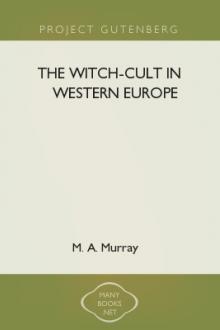
 Free Download
Free Download











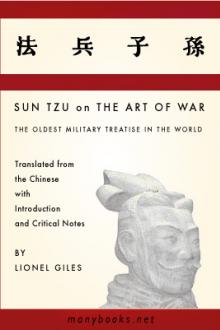

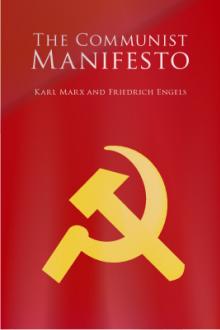
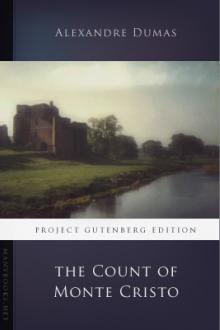
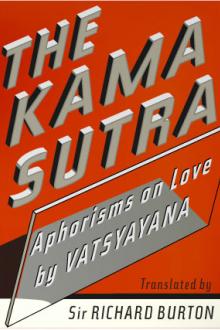
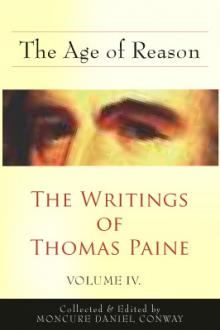
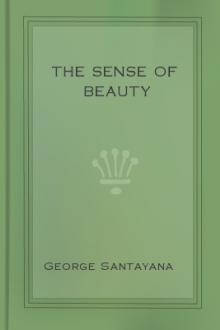
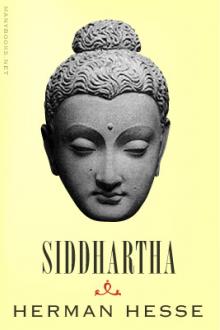
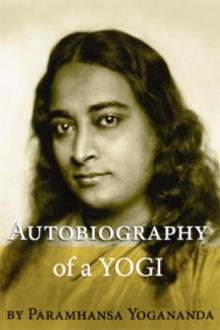
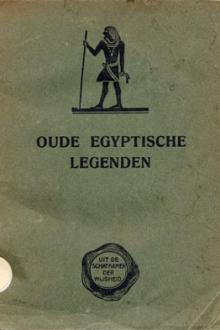
-itok=vcKIB5v1.jpg)